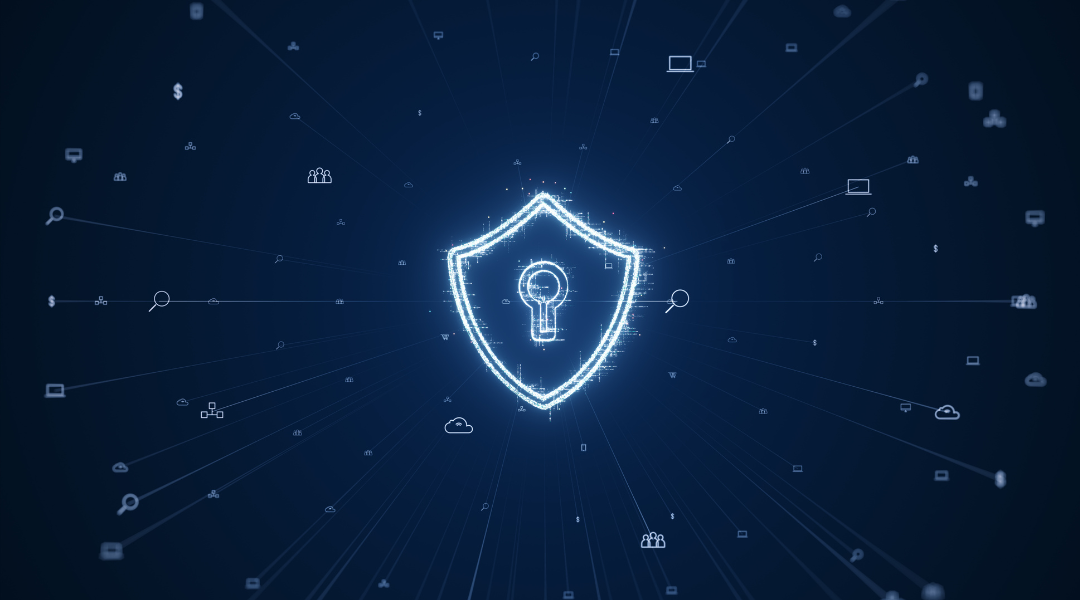

Endpoint detection and response (EDR) has been a cornerstone for many managed IT services providers. However, as more data migrates to cloud applications, a more comprehensive approach is necessary. This is where Extended Detection & Response (XDR) comes into play, offering a broader scope of protection that extends beyond individual devices to encompass cloud services.
While EDR remains valuable for protecting endpoint devices, XDR provides the expanded capability needed to monitor and secure services like Office 365 and Microsoft Entra ID. As businesses increasingly rely on cloud applications, the ability to detect and respond to threats across these platforms becomes critical.
For managed service providers (MSPs), convincing clients to implement a robust XDR solution can be challenging, particularly when budget constraints are a concern. However, the need for such solutions remains imperative. The key to making XDR more cost-effective lies in reducing the number of alerts without compromising the system’s ability to detect real threats.
Reducing alerts effectively lowers costs by minimizing the manual intervention required to manage and analyze each alert. With fewer alerts, your team can focus more on genuine threats rather than sifting through false positives, thereby optimizing labor costs.
A well-hardened environment inherently generates fewer alerts. This involves implementing strong security measures and best practices to minimize vulnerabilities and potential entry points for threats. By doing so, the number of alerts generated by minor or insignificant issues decreases, allowing your team to concentrate on more critical threats.
Microsoft’s security logs and alerts can often create a significant amount of noise due to a lack of advanced filtering options. To tackle this, additional tools can be employed to create custom filters that cut through the noise. These filters enable you to focus on the most relevant alerts, thus reducing the volume of unnecessary notifications. Examples of effective filters include:
For clients with budgetary constraints, the cost-effectiveness of XDR solutions can be a major selling point. By demonstrating how a streamlined alert management process reduces operational costs, you can make a compelling case for the adoption of XDR.
EDR + Augmentt = XDR
As an MSP, you likely have Endpoint Detection Response (EDR) built into your RMM. What you might be missing is an extended detection and response (XDR) solution to monitor cloud applications such as Microsoft 365, and Google Workspace. By implementing Augmentt, you’re able to monitor, detect and respond to security breaches across all clouds apps, and email giving you the capabilities of an XDR solution. Augmentt paired with your RMM can also be an alernative for SOCaaS services for clients who require cybersecurity but have budget constraints.
Conclusion
As the cybersecurity landscape continues to evolve, extending your detection and response capabilities is not just a luxury but a necessity. XDR offers a comprehensive approach to security, covering both endpoint devices and cloud services. By implementing strategies to reduce alerts and optimize costs, MSPs can provide their clients with robust and cost-effective security solutions. Embrace XDR to elevate your security posture and ensure your clients’ data and applications are protected against the ever-growing array of cyber threats.
